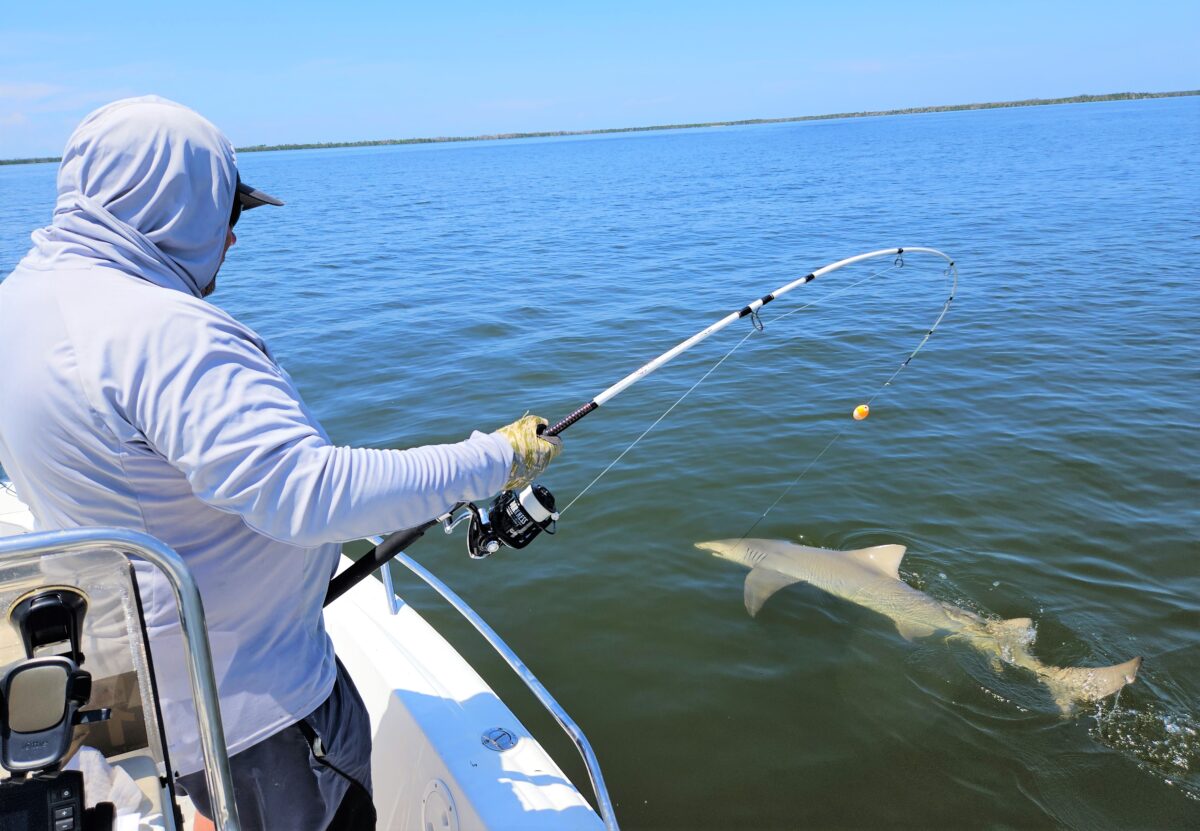- Lake Wheeler, Wilson and Pickwick, 0ffer the availability of fishing the tailraces – many species hold there.
- We caught catfish (blue, channel and flathead), bass (smallmouth, largemouth, spotted and white) and enough drum to fill a roadside trash can.
- Lodging available at Joe Wheeler State Park, which sits on the banks of the Tennessee River near Rogersville.
By DAVID RAINER, Alabama Department of Conservation and Natural Resources
 What do you do after you plan a trip to north Alabama to get in the fall crappie bite and you’re greeted with bluebird skies the day after a cold front? You make lemonade, and the Tennessee River lakes have just the right recipes.
What do you do after you plan a trip to north Alabama to get in the fall crappie bite and you’re greeted with bluebird skies the day after a cold front? You make lemonade, and the Tennessee River lakes have just the right recipes.
Capt. Brian Barton, Andy Poss and I still wanted to try to catch enough crappie for a small fish fry and headed into the Bear Creek area despite the weather conditions. We found crappie on the forward-facing sonar, but almost all of them had the lockjaw, a common occurrence after a front. We tried small jigs with a minnow, jigs alone and minnows alone, but the crappie just ignored any of the offerings.
The great thing about fishing those lakes, especially Wheeler, Wilson and Pickwick, is the availability of fishing tailraces for anything that will bite a live shad, either a small gizzard shad or threadfin.
After loading Barton’s 23-foot War Eagle boat onto the trailer, we found gizzard shad flicking near the boat ramp on Wheeler. We headed to the Wheeler tailrace with a bait tank filled with the 2- to 3-inch shad. Obviously, as anyone who has fished the tailraces knows, the most productive time to fish is when the generators are running and the water is flowing through the dams.
As required by law, we had donned our life jackets before approaching the dam and headed to the edge of the swift current. Drifting a shad down the edge of the current line with just a split shot started producing action. However, you don’t get to choose the species. You set the hook and take what you get. It may be bass species, catfish species or freshwater drum (known as gaspergou in Louisiana).
Because we tried to catch crappie first, we were a little late to the bite at the Wheeler tailrace due to the generation schedule, which had shifted from afternoon to morning because of the cool nights.
The next morning, we headed to the Wilson tailrace, which doesn’t have quite the dramatic water flow of Wheeler but is still a highly productive fishing spot. The tactics were similar, finding edges to let the bait drift with the current.
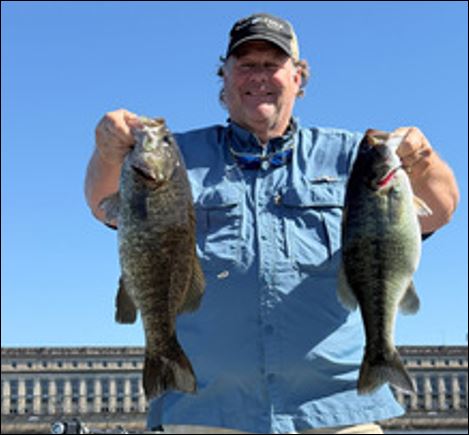
By the end of the tailrace fishing, we had caught catfish (blue, channel and flathead), bass (smallmouth, largemouth, spotted and white) and enough drum to fill a roadside trash can.
“In the fall up here, from the end of September all the way until Christmas, shad migrate to the dams, and everything else follows,” Barton said. “You have multi-species action for about three months, solid. When I have clients, I catch bait before I pick them up, and then we go to the tailraces. We may drift, anchor or Spot-Lock (trolling motor feature using GPS to stay in one location) in different areas, but it will always be with a live shad.”
Barton said the Tennessee Valley Authority (TVA) controls how and when he fishes because the agency’s electricity generation dictates current flow.
“The stronger the current, the more the fish are going to be pulled out into the river,” he said. “With a lighter current, the fish are going to be more spread out and harder to catch. Also, the bright sunny days means the fish tend to stick close to structure. On cloudy days, they are more spread out. Ideally, the best day would be good current flow with sunshine.”
Barton said TVA has an app (www.tva.com/environment/lake-levels/tva-lake-info-app) that anglers can use to determine the generation schedule and dam water output for each lake. The app shows what the current flow is for the specific lake, the history for the previous six hours and a projection of water flow for the following two days.
“It (the projections) doesn’t change much,” he said. “But on our trip, you saw it change. It had been afternoon generation. Then we got a cold front with cooler nights, and it changed to morning generation. From now until March or April, it will stay mornings. As it warms up next spring, it’ll flip back to afternoons.
“Ideal current flow below Wheeler Dam would be 30,000 to 50,000 (cubic feet per second), and below Wilson it would be 30,000. Wheeler can generate up to 98,000. If you start getting over 50,000, which is great current, you just go down the river because it’s too tough to battle it near the tailrace. But that really turns the fishing on down the river, where if you’ve got 25,000 or 30,000, you’re pretty much forced to fish closer to the dam because you don’t have enough current down river to position the fish.
“But I want to caution people to not go to that dam unless you know what you’re doing, and, by all means, wear that life vest.”
When he’s fishing with live bait, he’s looking for two different locations where the fish are likely to hold to be able to ambush anything coming out of the tailrace.
“There’s two theories,” Barton said. “There’s site specific fishing on rockpiles, ledges or wood. Most of the time, I do better just drifting. My theory is I go to the spot where I caught them the last trip. That doesn’t always work because the fish move, but I start there first. If I start a drift in 12 feet of water and don’t do any good, then I’ll move up to 8 or 9 feet or I’ll go to 14 or 15. That’s all I do is move my depth. It’s just a matter of if they’ve moved deep or shallow.
“When you’re fishing the tailrace, it’s all about seams. I don’t think bottom structure has anything to do with it. It’s where two currents meet and create a seam or the outside edge of the current. But that’s not just the tailrace. Anywhere you go down the river that has an abutment or anything sticking out can create a current change. That structure may be the size of my garage, and it’s going to create that seam. That’s where the fish are going to be most of the time.”
Barton said when clients ask about a fishing trip, he tells them to expect to catch multiple species of fish in a five-hour trip.
“It could include a miscellaneous sauger or skipjack (herring), but seven species is what two people in this boat are normally going to catch,” he said. “With good conditions, I expect to catch 40 to 50 fish in a five-hour trip. Now, that’s not a great day. That’s just what I expect to catch. And, if you’re lucky, you can catch a four-pound smallmouth. That’s very doable. A five-pound smallmouth is what we call a trophy fish. If I have people who just want to catch smallmouth, that’s what they’re looking for.
“Most of my clients are just people who want a bent rod and to have fun. If they catch a four-pound smallmouth, that’s just a bonus. Most people just want to catch fish, and that’s why I like to call it a multi-species fishing trip.”
Visit www.brianbartonoutdoors.com or call 256-412-0969 for information about fishing on the Tennessee River. Other than the multi-species trips, Barton also does seasonal fishing that targets species like catfish, crappie and bream, both bluegills and shellcrackers (redear sunfish).
 When you’re in northwest Alabama, don’t forget about the lodging available at Joe Wheeler State Park, which sits on the banks of the Tennessee River near Rogersville. Joe Wheeler has perfect accommodations for anglers, including the cabins away from the main lodge. The cabins are located on the south side of the Tennessee River near Wheeler Dam. This area has accessibility to both Wheeler and Wilson Lakes. A boat launch for Wheeler Lake is available in the cabin area, and another boat launch is located across Highway 101 at Wheeler Dam for Wilson Lake access. Visit www.alapark.com/parks/joe-wheeler-state-park/cabins for details. Also available is the Fisherman’s Cabin, located near the boat launch on First Creek.
When you’re in northwest Alabama, don’t forget about the lodging available at Joe Wheeler State Park, which sits on the banks of the Tennessee River near Rogersville. Joe Wheeler has perfect accommodations for anglers, including the cabins away from the main lodge. The cabins are located on the south side of the Tennessee River near Wheeler Dam. This area has accessibility to both Wheeler and Wilson Lakes. A boat launch for Wheeler Lake is available in the cabin area, and another boat launch is located across Highway 101 at Wheeler Dam for Wilson Lake access. Visit www.alapark.com/parks/joe-wheeler-state-park/cabins for details. Also available is the Fisherman’s Cabin, located near the boat launch on First Creek.
After your fishing trip, Colbert County has an abundance of places to visit, including the Helen Keller home, Fame Recording Studios, Muscle Shoals Sound, the Alabama Music Hall of Fame and the Coon Dog Cemetery. Visit www.colbertcountytourism.org/attractions for more information.













 The unmistakable zzzztttttt-zzzztttttt, that buzzing reel song of a massive musky stripping line. The drag was screaming! I knew right away that it was finally happening. We ALL yelled fish as I ran full speed to the firing rod. She had already ripped drag out to 243 ft, and the real battle began. She wasn’t coming in without giving me the fight of my dreams. She stayed low. I knew she was big. Head shakes and run after run, and a little musky shuffle from me, all while Matt and Kurt hosed my legs and fanned my feet from the brigade of biting black flies. And, with Corrine shouting “REEL, REEL, REEL!” It was quite the scene! Never to be reenacted. Always to be remembered.
The unmistakable zzzztttttt-zzzztttttt, that buzzing reel song of a massive musky stripping line. The drag was screaming! I knew right away that it was finally happening. We ALL yelled fish as I ran full speed to the firing rod. She had already ripped drag out to 243 ft, and the real battle began. She wasn’t coming in without giving me the fight of my dreams. She stayed low. I knew she was big. Head shakes and run after run, and a little musky shuffle from me, all while Matt and Kurt hosed my legs and fanned my feet from the brigade of biting black flies. And, with Corrine shouting “REEL, REEL, REEL!” It was quite the scene! Never to be reenacted. Always to be remembered. herapysportfishinglsc #forevermemories #greatlakesfishing #muskyfishing #spotted #gIt was a fully immersive experience from the moment Captain Kurt reeled out his handmade wooden planer boards, to tricking my first LSC fish on his custom handmade #7 willow blade, 3/8oz, purple/white skirt tail, 7/0 hook bucktail. Perfection in a spinner bait for giant Musky. Was it the color? The action? The sound? The location? It didn’t matter to me at that moment; I was so excited.
herapysportfishinglsc #forevermemories #greatlakesfishing #muskyfishing #spotted #gIt was a fully immersive experience from the moment Captain Kurt reeled out his handmade wooden planer boards, to tricking my first LSC fish on his custom handmade #7 willow blade, 3/8oz, purple/white skirt tail, 7/0 hook bucktail. Perfection in a spinner bait for giant Musky. Was it the color? The action? The sound? The location? It didn’t matter to me at that moment; I was so excited.






















 On Monday, April 8, starting just after 3 p.m., a total solar eclipse will be passing through about one-third of NYS, from the southwest corner near the PA border through to the northeast corner up by VT. While this total solar eclipse travels over NYS, the entire state will be able to see at least 88% of a partial eclipse: Albany is 96%, Catskills between 90-95%, NYC 89%, and Montauk 88%.
On Monday, April 8, starting just after 3 p.m., a total solar eclipse will be passing through about one-third of NYS, from the southwest corner near the PA border through to the northeast corner up by VT. While this total solar eclipse travels over NYS, the entire state will be able to see at least 88% of a partial eclipse: Albany is 96%, Catskills between 90-95%, NYC 89%, and Montauk 88%. To view the eclipse safely, remember the following tips:
To view the eclipse safely, remember the following tips: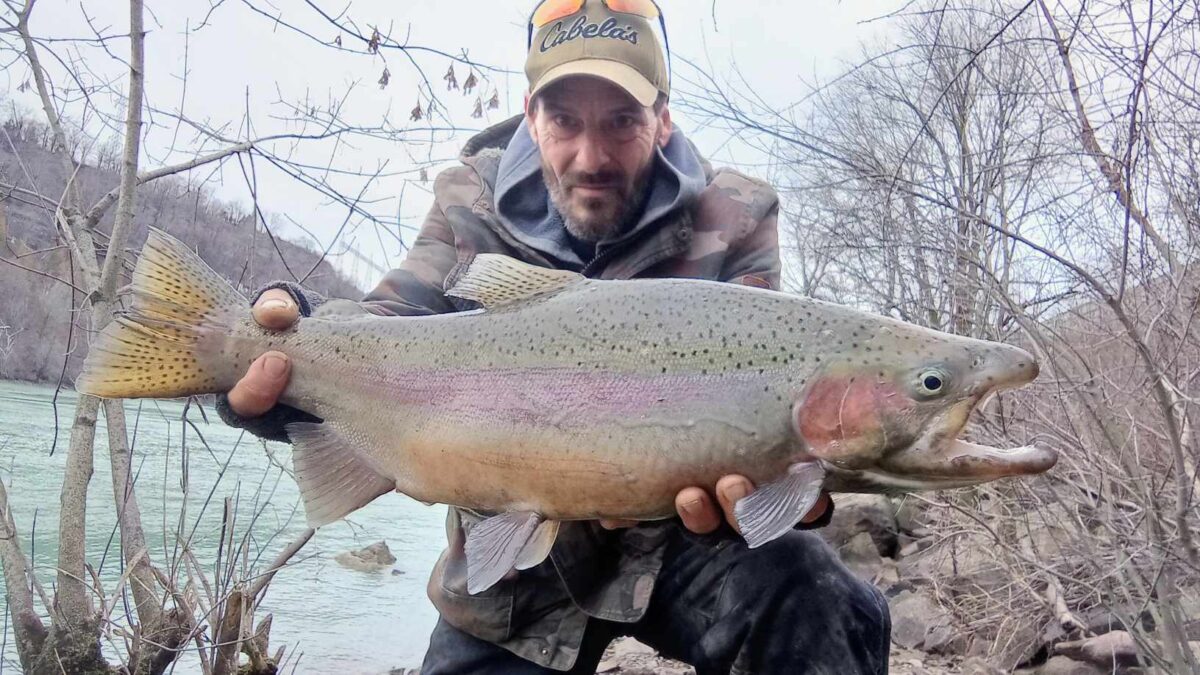






















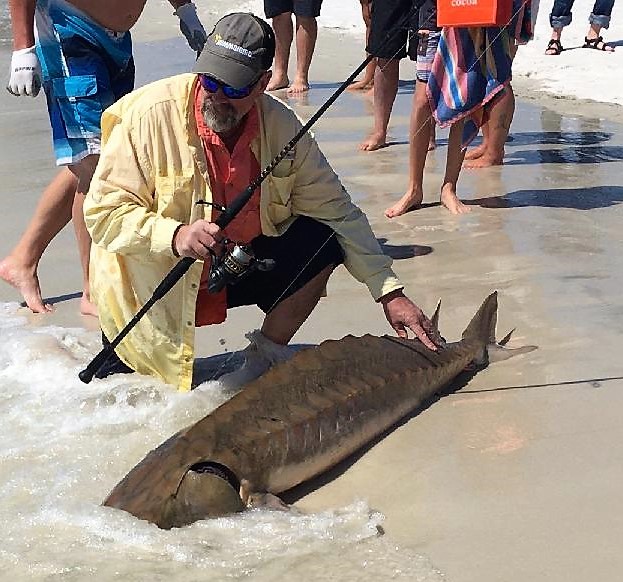














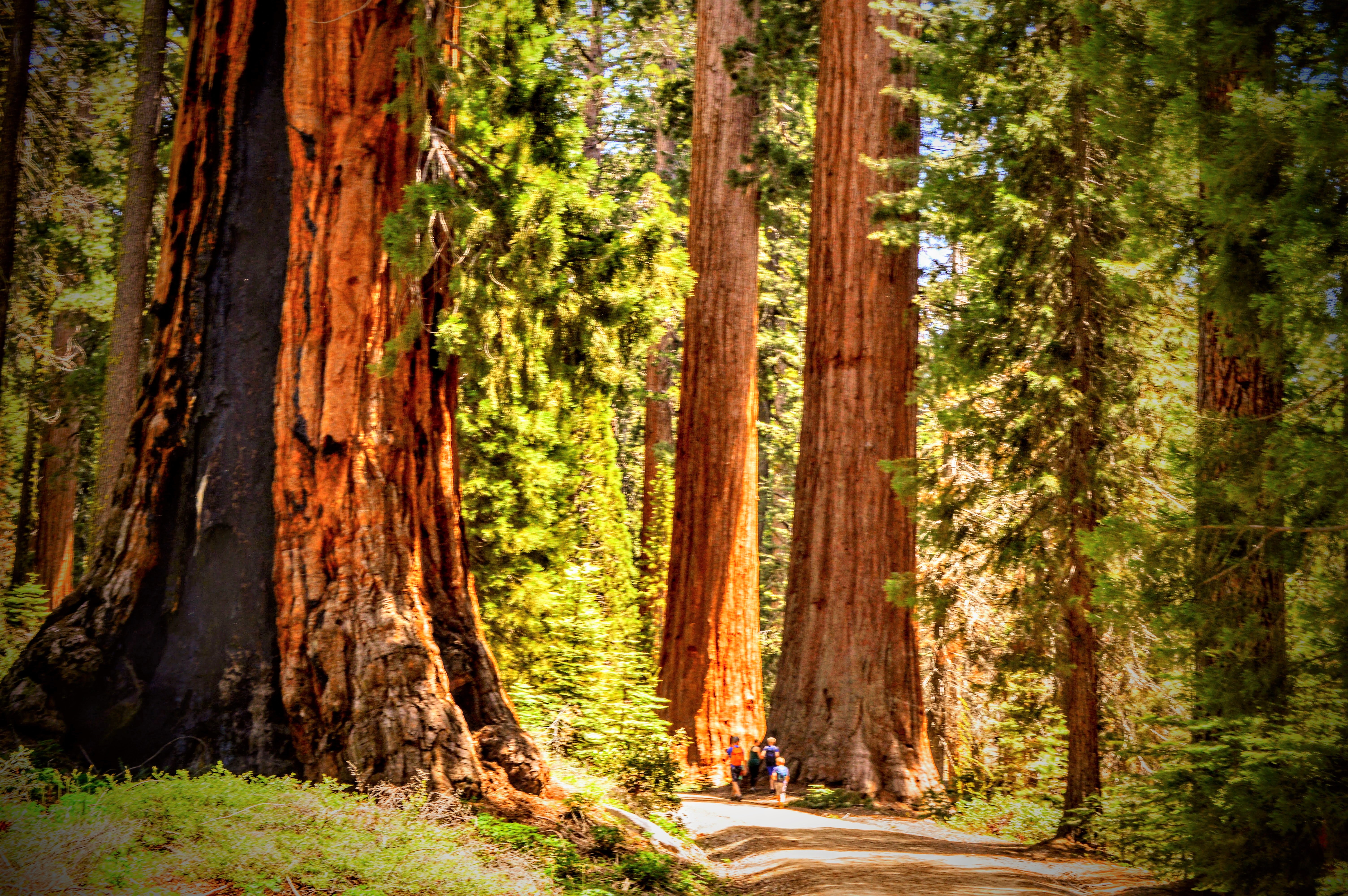




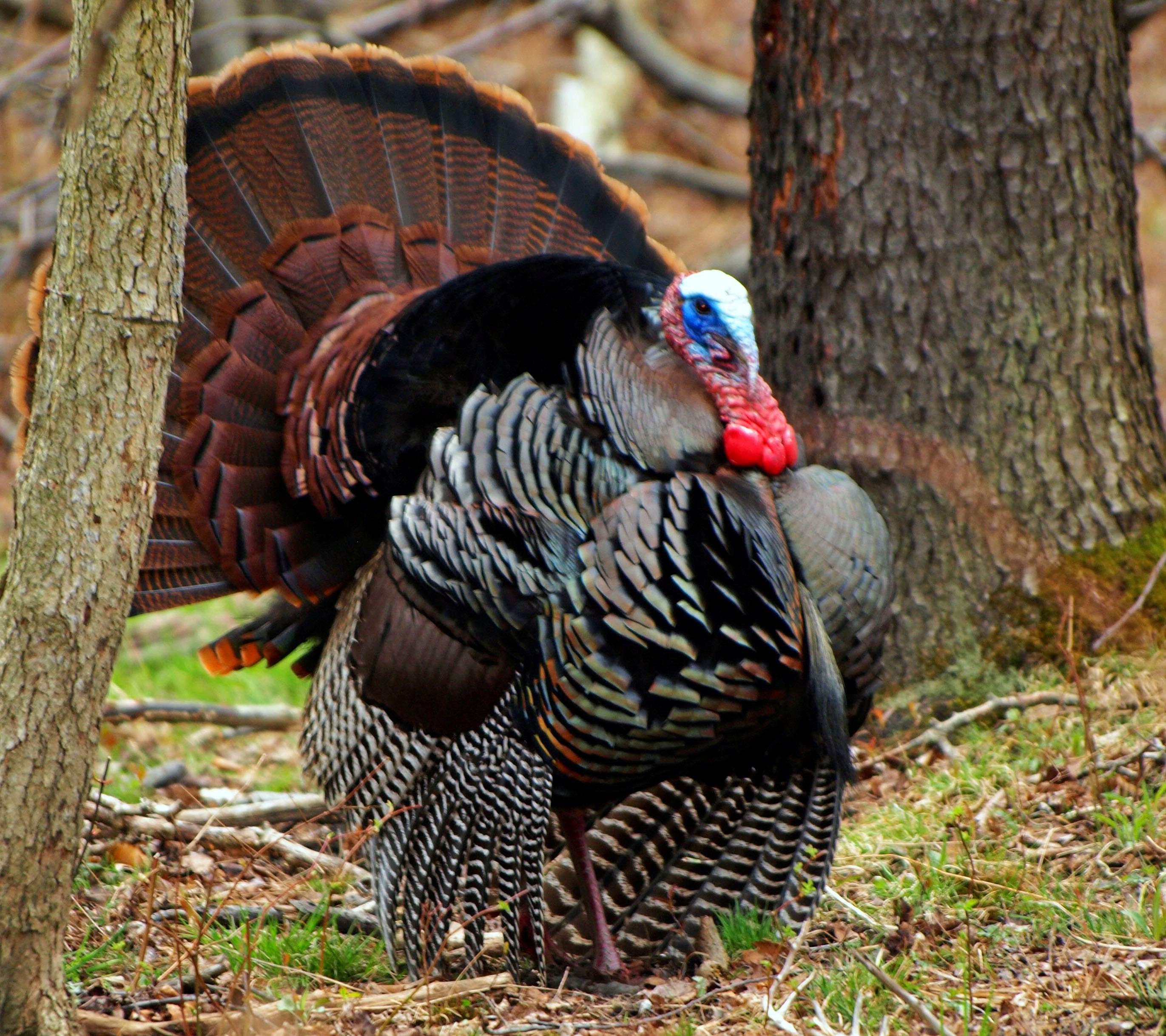




















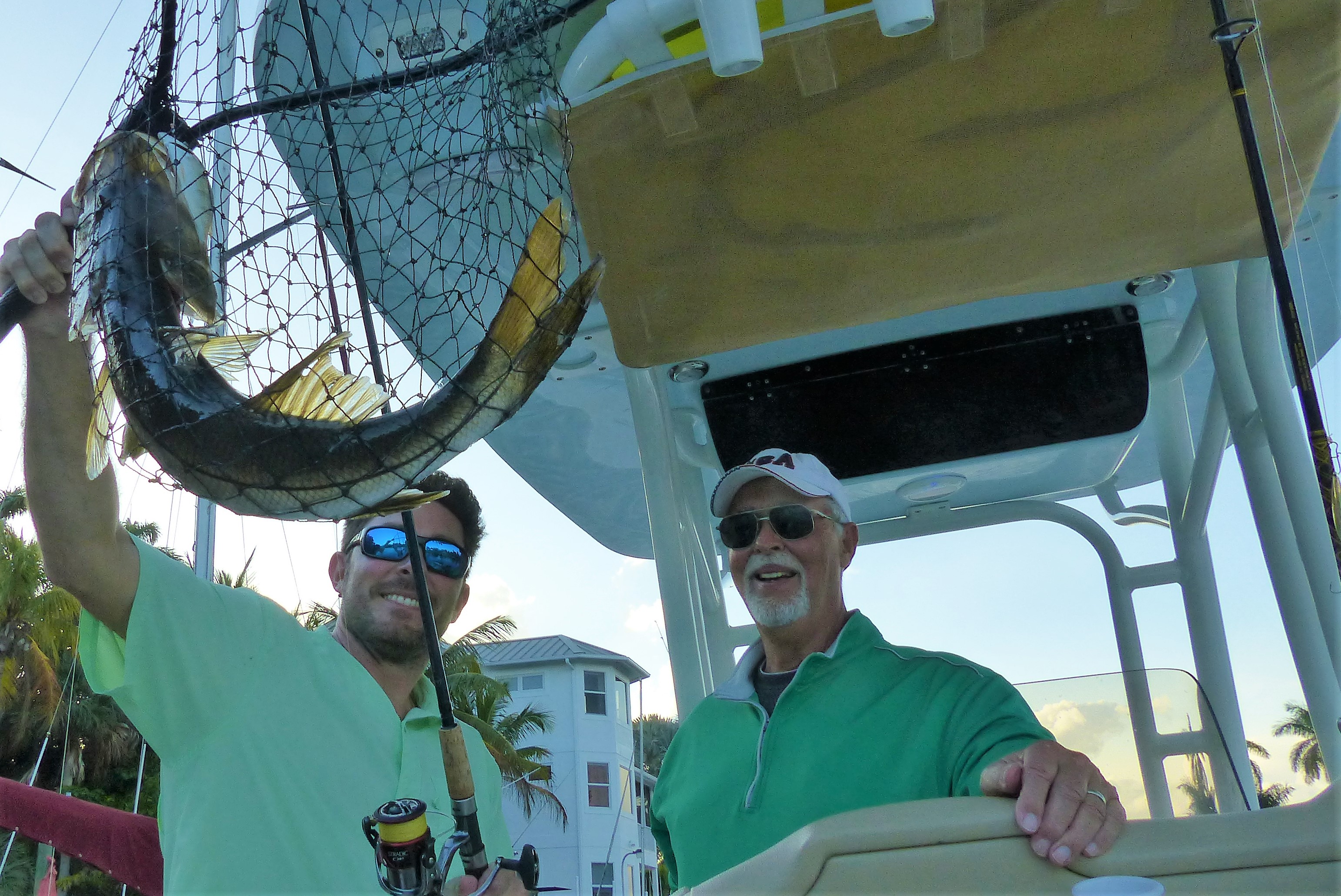

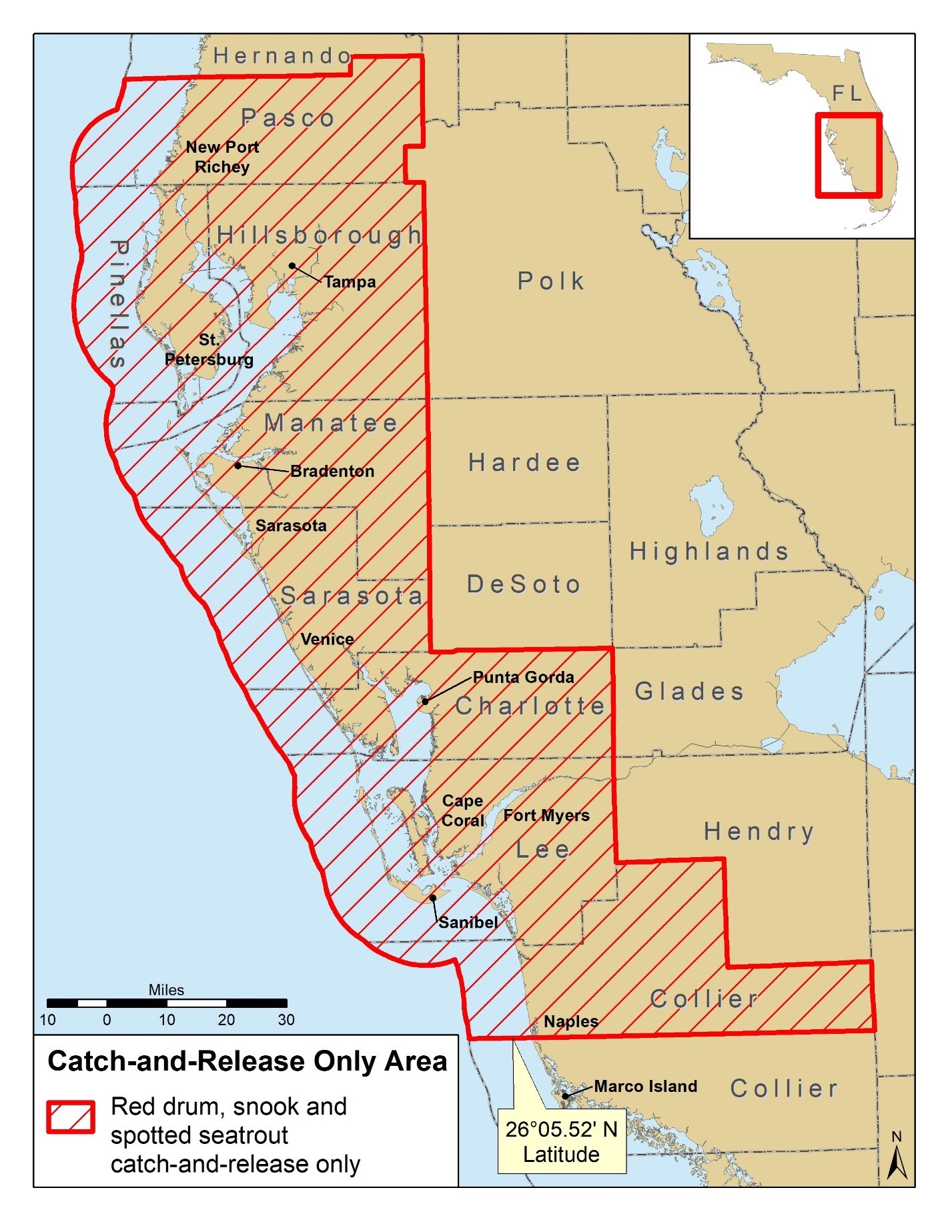
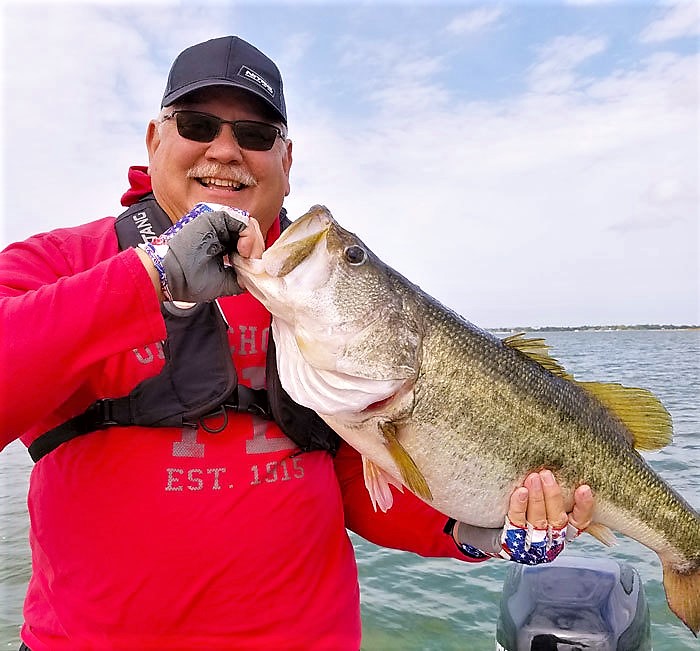















 We then disconnected the boat and trailer, winched the truck up onto the flatbed and chained it secure. Then we reattached the boat and trailer, and I was on my way home.
We then disconnected the boat and trailer, winched the truck up onto the flatbed and chained it secure. Then we reattached the boat and trailer, and I was on my way home.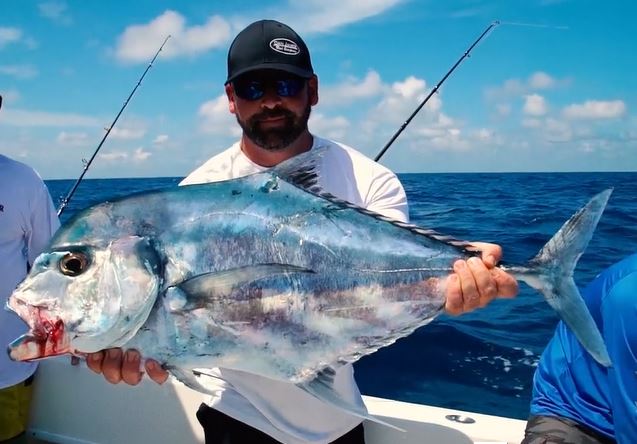










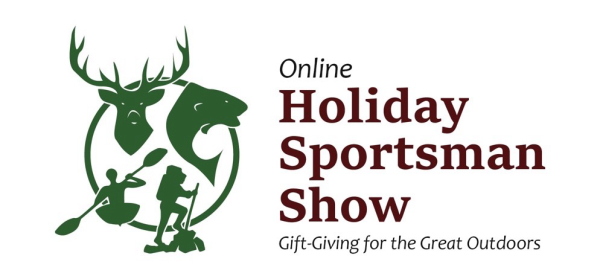
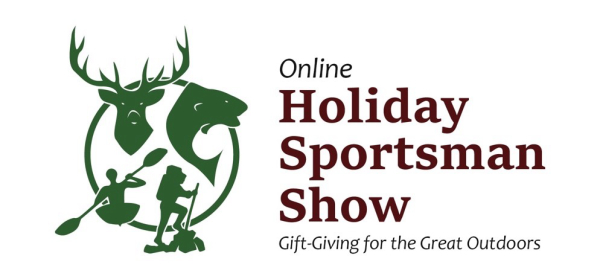
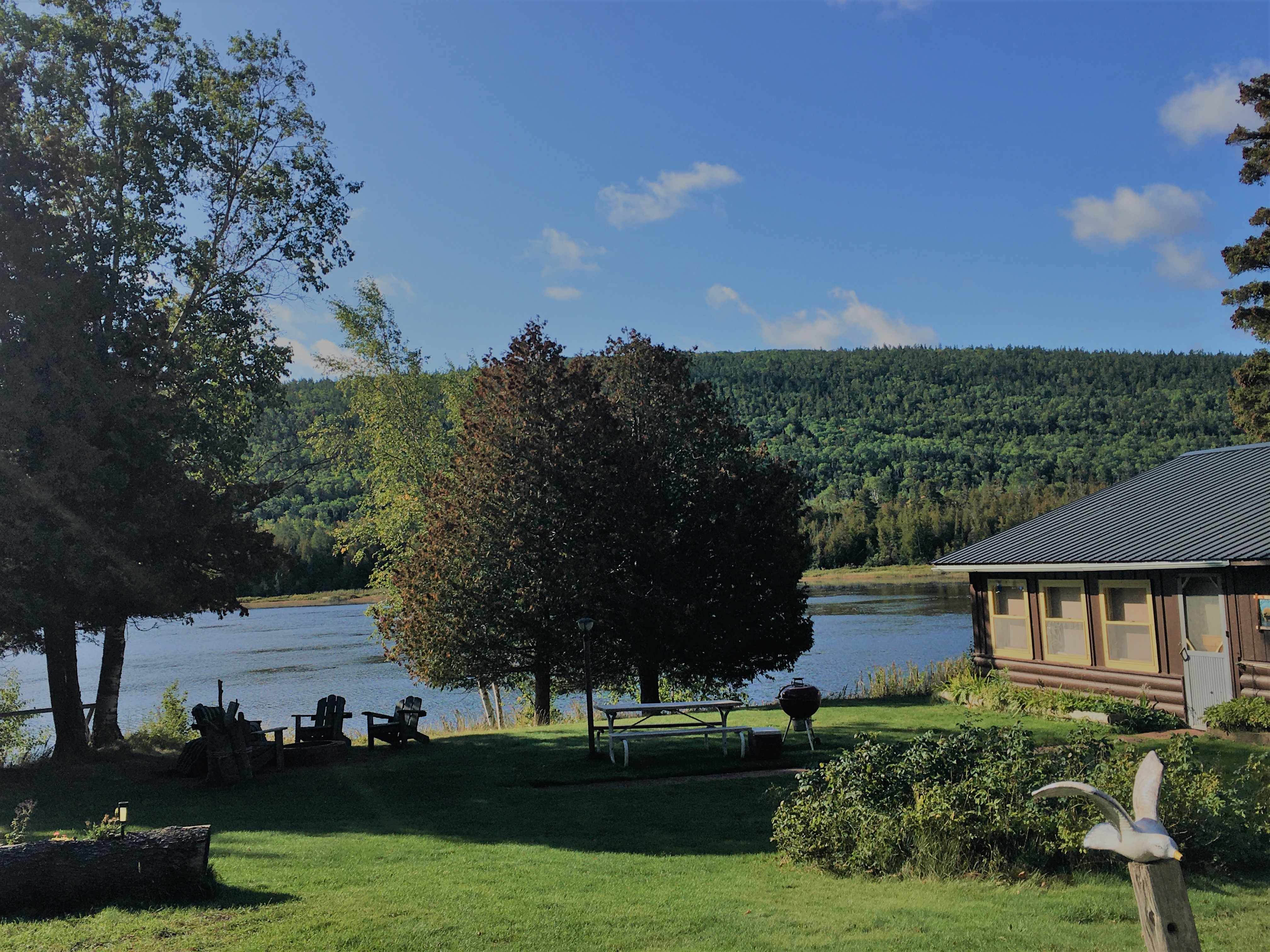












































 INVICTUS will be customized at the world-famous Prefix Corporation in Michigan. CarbonTV will be documenting the process with weekly video updates, allowing users to follow along and provide feedback. While the truck exterior will boast a full Kryptek wrap and aggressive upgrades, including a lift kit; the interior will be finely detailed with one-of-a-kind Kryptek accents. Viewers can interact with CarbonTV and Kryptek via social media to give their opinions on what upgrades they would like to see. The finished product will be revealed to the public upon completion.
INVICTUS will be customized at the world-famous Prefix Corporation in Michigan. CarbonTV will be documenting the process with weekly video updates, allowing users to follow along and provide feedback. While the truck exterior will boast a full Kryptek wrap and aggressive upgrades, including a lift kit; the interior will be finely detailed with one-of-a-kind Kryptek accents. Viewers can interact with CarbonTV and Kryptek via social media to give their opinions on what upgrades they would like to see. The finished product will be revealed to the public upon completion. Online viewers can find the best in online streaming media service at
Online viewers can find the best in online streaming media service at 




 It’s chow time on the trail. You know the excitement! It means rest and relaxation, conversation, good moments are just ahead. Yet, many times, you are just ready to get the fire going and something is missing. Forks, knives, spoons, can opener – you know how it goes. That’s life, but guess what? That precious R&R just got to be a few more moments away. Enter ChowLite. Some of those NEEDs and ISSUES are gone. Presto. Gotta like that.
It’s chow time on the trail. You know the excitement! It means rest and relaxation, conversation, good moments are just ahead. Yet, many times, you are just ready to get the fire going and something is missing. Forks, knives, spoons, can opener – you know how it goes. That’s life, but guess what? That precious R&R just got to be a few more moments away. Enter ChowLite. Some of those NEEDs and ISSUES are gone. Presto. Gotta like that.































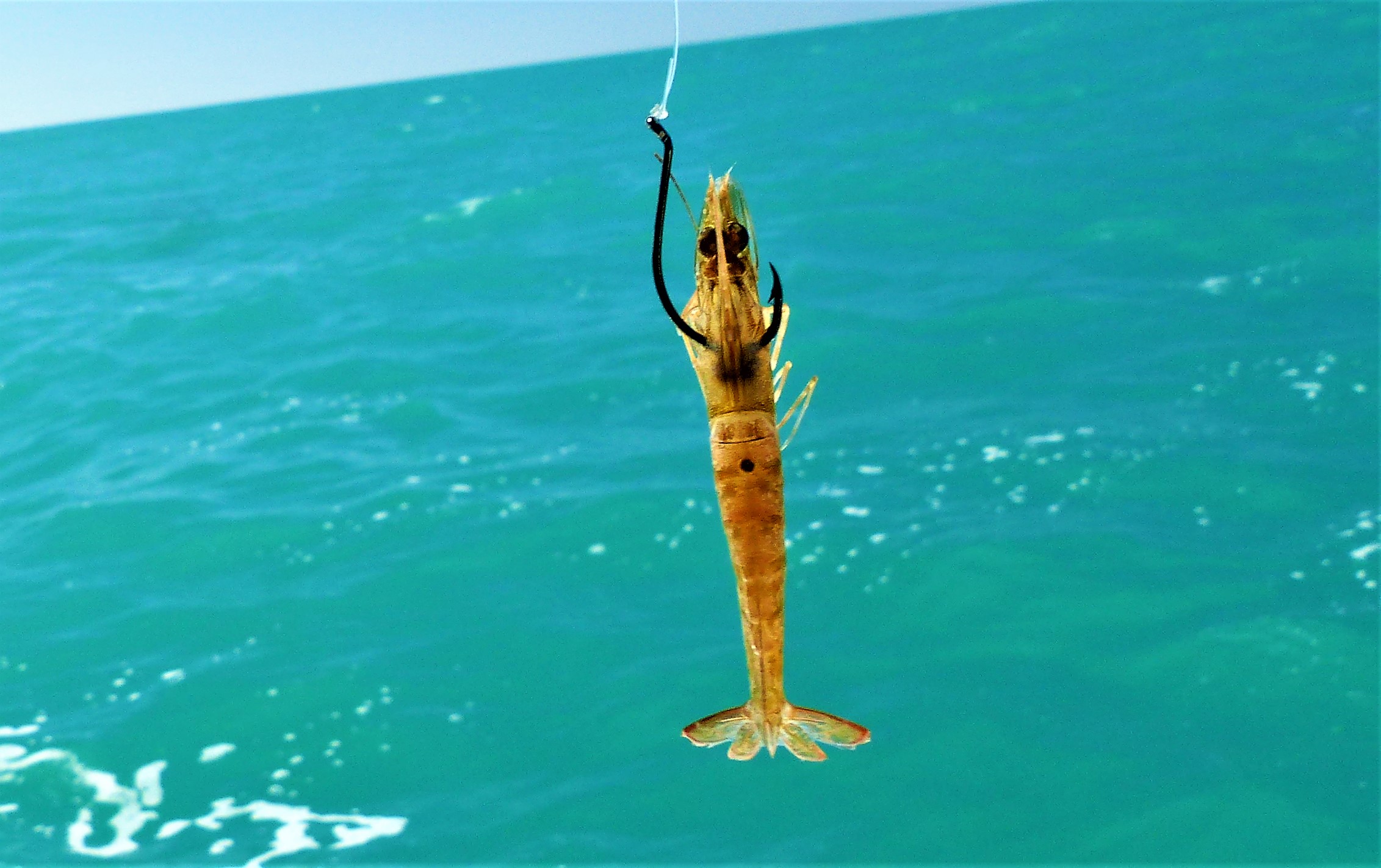



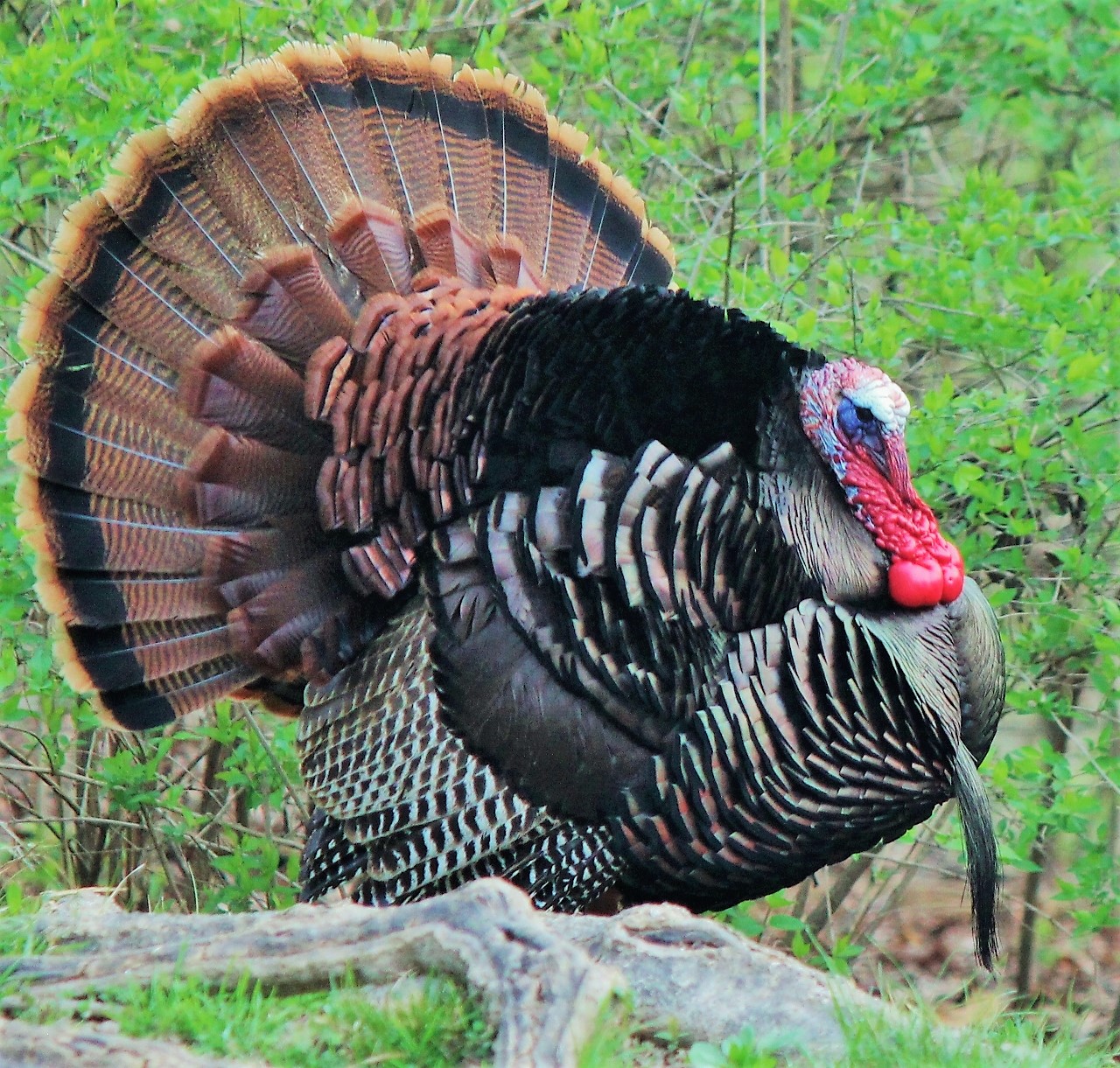
 Florida’s spring turkey season opens Saturday, March 2 on private lands south of State Road 70 and Saturday, March 16 north of State Road 70. Florida’s abundant wild turkey populations offer sustainable harvest opportunities throughout the state. However, hunting them is a challenge because they are extremely wary and possess sharp eyesight and excellent hearing. When knowledge, skill and good fortune come together for a successful outcome, hunters can look forward to delicious, organic meals.
Florida’s spring turkey season opens Saturday, March 2 on private lands south of State Road 70 and Saturday, March 16 north of State Road 70. Florida’s abundant wild turkey populations offer sustainable harvest opportunities throughout the state. However, hunting them is a challenge because they are extremely wary and possess sharp eyesight and excellent hearing. When knowledge, skill and good fortune come together for a successful outcome, hunters can look forward to delicious, organic meals. 
 The new Koola Buck Blood Red Game Bags are constructed from strong yet breathable cotton/poly fabric blend and feature heavy duty 1.5-inch nylon cinch/carry straps that are sewn into the bag for easy handling of heavy weight and attaching securely to a backpack or pack frame. The wide side gussets and seamless bottom allow for 20-percent more storage than the average pillowcase-style game bag. As an added protection of the precious cargo, Koola Buck has designed these new game bags with a top-cover meat flap. This added flap completely covers the meat before pulling the bag’s locking drawstring, creating a physical barrier to block bugs, dirt and other contaminants.
The new Koola Buck Blood Red Game Bags are constructed from strong yet breathable cotton/poly fabric blend and feature heavy duty 1.5-inch nylon cinch/carry straps that are sewn into the bag for easy handling of heavy weight and attaching securely to a backpack or pack frame. The wide side gussets and seamless bottom allow for 20-percent more storage than the average pillowcase-style game bag. As an added protection of the precious cargo, Koola Buck has designed these new game bags with a top-cover meat flap. This added flap completely covers the meat before pulling the bag’s locking drawstring, creating a physical barrier to block bugs, dirt and other contaminants.



















 Upon arrival at the camp I met our host, Dave Barus, and the other attendees. They were Jim Proffitt, an outdoor columnist from Ohio, Wade Robertson, an outdoor columnist from Pennsylvania and his guest from Olean, New York, Fred Dwaileebe. After “meeting and greeting” we decided to have dinner at Guppy’s Restaurant and Tavern a couple of miles down Route 430. The restaurant has a full menu that ranges from wings and pizza to burgers, soups and salads, along with nightly specials. I had a great platter of mussels steamed in garlic butter wine sauce and topped with fresh tomatoes. I highly recommend stopping in Guppy’s anytime you’re in the area.
Upon arrival at the camp I met our host, Dave Barus, and the other attendees. They were Jim Proffitt, an outdoor columnist from Ohio, Wade Robertson, an outdoor columnist from Pennsylvania and his guest from Olean, New York, Fred Dwaileebe. After “meeting and greeting” we decided to have dinner at Guppy’s Restaurant and Tavern a couple of miles down Route 430. The restaurant has a full menu that ranges from wings and pizza to burgers, soups and salads, along with nightly specials. I had a great platter of mussels steamed in garlic butter wine sauce and topped with fresh tomatoes. I highly recommend stopping in Guppy’s anytime you’re in the area.






























































































 As anglers we all have a list of lakes, rivers and streams that have the potential to satisfy our ultimate desire; to completely outdo ourselves. This past season (early June) I encountered one such body of water; beautiful Rainy Lake which borders Ontario and Minnesota.
As anglers we all have a list of lakes, rivers and streams that have the potential to satisfy our ultimate desire; to completely outdo ourselves. This past season (early June) I encountered one such body of water; beautiful Rainy Lake which borders Ontario and Minnesota. Picture this, you have a fantastic night sleep in a big comfy bed, then you wake up to hot coffee in your cabin. Next, you are treated to a big delicious breakfast just in time for your guide to grab your gear and whisk you away to the promised land of smallmouth bass, pike and walleye. Oh, and I should mention, they send you on your way with a packed lunch and maybe even a wise crack from Wayne (if you are lucky).
Picture this, you have a fantastic night sleep in a big comfy bed, then you wake up to hot coffee in your cabin. Next, you are treated to a big delicious breakfast just in time for your guide to grab your gear and whisk you away to the promised land of smallmouth bass, pike and walleye. Oh, and I should mention, they send you on your way with a packed lunch and maybe even a wise crack from Wayne (if you are lucky). Fast forward to your return from a day of fast, furious fishing, the kind that one can only daydream about, and you are greeted by Wayne, who wants to get the lowdown on your day. The main lodge is the perfect meeting place after a day on the water to tell as many lies as you want about your exploits. Here you will find a counter full of snacks, a fridge full of whatever you fancy (beer for our group) and a beautiful view as a backdrop to all the fish stories you can stand. To me, this is paradise and exactly what the doctor ordered. What’s next? Well, a delicious three-course dinner in a beautiful wood cabin that’s what. I tell you, I must have gained five pounds during our event and I was not complaining. The cabins are spacious and comfortable, the food is plentiful and so are the fish. Win, win, win and that’s that.
Fast forward to your return from a day of fast, furious fishing, the kind that one can only daydream about, and you are greeted by Wayne, who wants to get the lowdown on your day. The main lodge is the perfect meeting place after a day on the water to tell as many lies as you want about your exploits. Here you will find a counter full of snacks, a fridge full of whatever you fancy (beer for our group) and a beautiful view as a backdrop to all the fish stories you can stand. To me, this is paradise and exactly what the doctor ordered. What’s next? Well, a delicious three-course dinner in a beautiful wood cabin that’s what. I tell you, I must have gained five pounds during our event and I was not complaining. The cabins are spacious and comfortable, the food is plentiful and so are the fish. Win, win, win and that’s that. After breakfast we got prepped and headed out only to be greeted with some of the most horrendous weather I have ever fished in by choice. Severe cold front, high winds and rain had me in doubt and I tell you this, I couldn’t have been more wrong. My partner in crime on this trip, Gary Abernethy (Live Target and those great “Bait Cloud” lures) and I lost count of our catches. It was simply unbelievable. We boated an estimated 90+ fish that day which included smallmouth, pike and walleye. I can’t describe how much fun it was to cast out a crankbait or tandem willow spinnerbait into shallow banks, points and reefs having no idea what would attack it next. Our big fish producer for smallmouth that day was the Live Target Crawfish Square Bill in brown/chartreuse while various spinnerbaits with silver flashy blades accounted for large numbers of pike, smallmouth and the odd walleye.
After breakfast we got prepped and headed out only to be greeted with some of the most horrendous weather I have ever fished in by choice. Severe cold front, high winds and rain had me in doubt and I tell you this, I couldn’t have been more wrong. My partner in crime on this trip, Gary Abernethy (Live Target and those great “Bait Cloud” lures) and I lost count of our catches. It was simply unbelievable. We boated an estimated 90+ fish that day which included smallmouth, pike and walleye. I can’t describe how much fun it was to cast out a crankbait or tandem willow spinnerbait into shallow banks, points and reefs having no idea what would attack it next. Our big fish producer for smallmouth that day was the Live Target Crawfish Square Bill in brown/chartreuse while various spinnerbaits with silver flashy blades accounted for large numbers of pike, smallmouth and the odd walleye. My set-up for spinnerbaits/jerkbaits was a 7’ St.Croix (med/heavy) “Mojo Bass” rod which performed flawlessly the duration of the trip. I matched it with an Abu Garcia Ambassadeur reel spooled with 20-pound braid and paired with a 12-pound fluorocarbon leader (Gamma Edge). For the crankbaits, I matched a 5.4:1 cranking reel (baitcaster) spooled with 10-pound fluorocarbon and paired up with a 6’6” medium-action (Jason Mitchell) rod which was buttery perfection for those square bills. Day two was all about shallow diving jerkbaits, which by the way produced one of the biggest smallmouth of the entire trip. Actually, it was a Live Target silver/blue Rainbow Smelt that triggered a post spawn smallmouth to attack. Thanks again Gary.
My set-up for spinnerbaits/jerkbaits was a 7’ St.Croix (med/heavy) “Mojo Bass” rod which performed flawlessly the duration of the trip. I matched it with an Abu Garcia Ambassadeur reel spooled with 20-pound braid and paired with a 12-pound fluorocarbon leader (Gamma Edge). For the crankbaits, I matched a 5.4:1 cranking reel (baitcaster) spooled with 10-pound fluorocarbon and paired up with a 6’6” medium-action (Jason Mitchell) rod which was buttery perfection for those square bills. Day two was all about shallow diving jerkbaits, which by the way produced one of the biggest smallmouth of the entire trip. Actually, it was a Live Target silver/blue Rainbow Smelt that triggered a post spawn smallmouth to attack. Thanks again Gary. This short but successful outing was done on the southern arm with ace guide, Jamie Bruce. Again, we had only a couple of hours on the water and Rainy Lake produced once again. Really, this lake is nothing short of amazing.
This short but successful outing was done on the southern arm with ace guide, Jamie Bruce. Again, we had only a couple of hours on the water and Rainy Lake produced once again. Really, this lake is nothing short of amazing.







 met by the birds, the animals and the peoples that interact in this sacred and undisturbed land.
met by the birds, the animals and the peoples that interact in this sacred and undisturbed land.


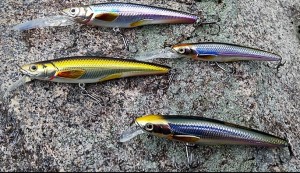





















































 Simon prefers the back of the boat to the front, so his fishing partner is offered control of the boat, running the bow motor for the day. Simon says in his British accent, “All of my fishing buddies seem to enjoy that part of our 6 to 8-hour fish trips. We each cast lines with plastic-tailed jerk baits on weighted weedless hooks or throw hard baits. Both lure types are designed to mimic the local forage groups. Doing that, I like to trail one or two lines for Shark. I have learned that it is better to trail one line simply. You can get into a real mess with two trailing lines when a handsome Gafftopsail Catfish hits and runs laterally. In the back of the boat, I can still cast out the side of the boat for multiple species, but now I trail just one line with a huge bobber, a wire leader and a huge hook with a half ladyfish or other cut bait. Some days, we catch five sharks and more than 50 other gamefish. It’s exciting! I’ve even caught sharks while casting lures. They can be that aggressive. “
Simon prefers the back of the boat to the front, so his fishing partner is offered control of the boat, running the bow motor for the day. Simon says in his British accent, “All of my fishing buddies seem to enjoy that part of our 6 to 8-hour fish trips. We each cast lines with plastic-tailed jerk baits on weighted weedless hooks or throw hard baits. Both lure types are designed to mimic the local forage groups. Doing that, I like to trail one or two lines for Shark. I have learned that it is better to trail one line simply. You can get into a real mess with two trailing lines when a handsome Gafftopsail Catfish hits and runs laterally. In the back of the boat, I can still cast out the side of the boat for multiple species, but now I trail just one line with a huge bobber, a wire leader and a huge hook with a half ladyfish or other cut bait. Some days, we catch five sharks and more than 50 other gamefish. It’s exciting! I’ve even caught sharks while casting lures. They can be that aggressive. “
